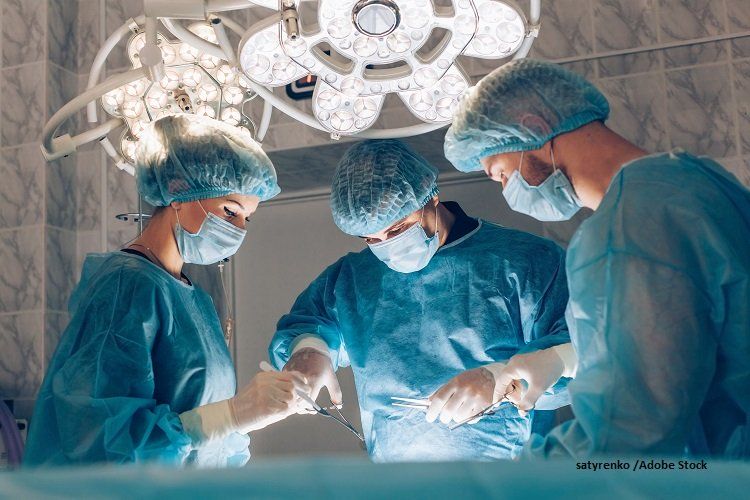Certified PAs in surgical specialties are becoming the rule, not the exception
The rising number of PAs working in surgical subspecialties is helping to fill the physician shortage and represents a larger shift toward team-based practice in the operating room.

Certified physician assistants (PAs) are more common now than ever before in the operating room (OR). As a certified PA practicing in plastic and reconstructive surgery (PRS), I am one of more than 17,000 PAs streaming into surgical sub-specialties.
The surge of PAs entering surgical sub-specialties is in response to severe a surgeon shortage in the United States. A report published in Reuters states that the shortage is projected to worsen as the number of general surgeons entering the workforce each year fails to keep pace with population growth.
Fortunately, data from the National Commission on Certification of Physician Assistants shows that surgical subspecialties experienced some of the sharpest growth among practice areas in the profession, increasing 70.1 percent since 2013. The growth of this sub-specialty is facilitated in large part to our broad, generalist medical education that gives us the flexibility to practice in every field of medicine.
My PA program had an outstanding semester-long surgical skills course where I not only learned the basics of surgery but all of the associated procedures like lumbar puncture, central line placement, and chest tube placement. In addition to formal education, my employer offers a one-year post-graduate training program as part of the onboarding process with didactic and clinical components.
A collegial collaborative
PRS is a complex practice requiring sub-specialized surgeons to perform intricate surgeries that can radically improve the lives of patients by restoring form and function after cancer resection. Certified PAs and surgeons operate simultaneously on different parts of the patient’s body to advance the surgery and decrease patient time under anesthesia. For smaller cases, PAs and surgeons work in teams so that a surgeon can start one case, and the PA can finish up another, essentially allowing the surgical team to be in two places at once without compromising quality or outcomes.
At our clinic, PAs work one-on-one with a physician so that a trust forms with each other-and the patient. As an added bonus, having a team of providers prevents the patients’ care from being halted if the surgeon is away or unavailable.
Outside the OR, PAs can also counsel patients, answer questions, and dispel confusion around the complexities of major surgeries. For example, I describe all likely surgical incisions, explain best and worst outcomes, estimate length of surgery and hospital stay, and detail the recovery period. It is often difficult to discuss the risks of surgery knowing that they will lose vital structures, such as their tongue, jaw, nose, or voice box, but preparing patients for what to expect-both good or bad-can ease patient fears of surgery and leave them feeling hopeful about overall surgery outcomes.
A team effort
No surgeon can operate alone during surgeries that often last eight to 12 hours. It takes a team to care for patients with any diagnosis, let alone cancer.
The rising number of PAs working in surgical subspecialties also represents a shift toward team-based practice in the OR.
The PA-physician partnership creates time to see more patients; improve practices through research, quality, and safety projects; and contributes to decreased burnout and increased job satisfaction. These partnerships also increase patient satisfaction and improve patient outcomes. Having a PA partner who has built relationships with patients and knows your practice not only serves patients better, but allows for greater efficiency in the clinic.
I am part of a movement where team-based care in highly specialized areas of medicine is the new normal.
Brooke Schweitzer, DMSc, PA-C, works at The University of Texas MD Anderson Cancer Center in Houston, which boasts the largest plastic and reconstructive surgery (PRS) group in the United States with 23 surgeons, 24 PAs, and three nurse practitioners. She has worked in PRS for six years and previously practiced in emergency medicine, family medicine, geriatrics, hospital medicine, and hospital administration. She has a deep interest in politics and plans to run for public office to lead improvements in healthcare policy.
This blog was written in conjunction with the National Commission on Certification of Physician Assistants (NCCPA).
Reducing burnout with medical scribes
November 29th 2021Physicians Practice® spoke with Fernando Mendoza, MD, FAAP, FACEP, the founder and CEO of Scrivas, LLC, about the rising rates of reported burnout among physicians and how medical scribes might be able to alleviate some pressures from physicians.



